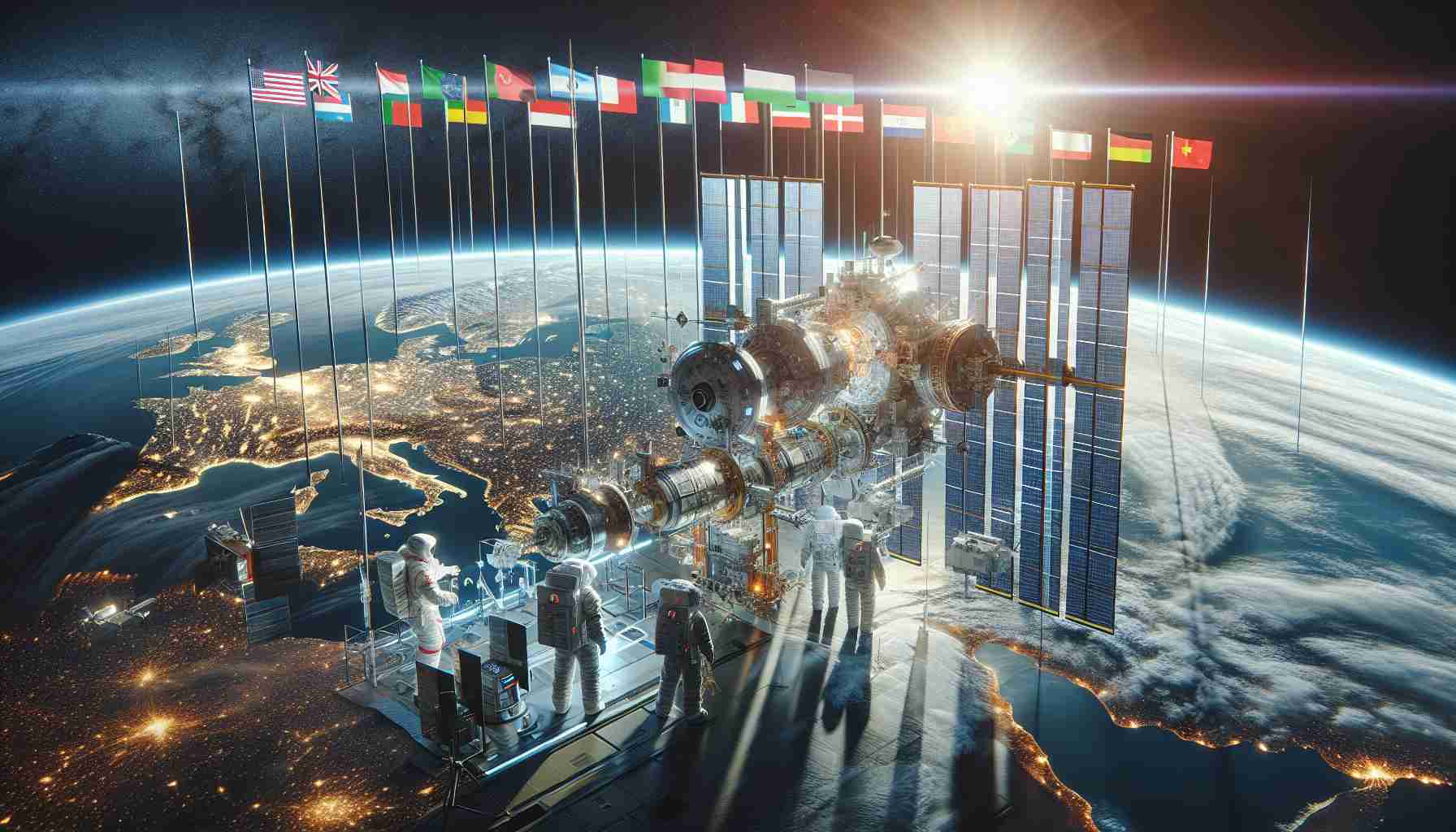
In a significant move toward addressing the escalating issue of space debris, the European Space Agency (ESA) is engaging in discussions with SpaceX, the aerospace company founded by Elon Musk. ESA’s Director General, Josef Aschbacher, highlighted that these conversations are aimed at inviting SpaceX to join an international initiative aimed at curbing the proliferation of space junk that jeopardizes the operational safety of satellites.
Currently, the ESA is leading a global effort that includes participation from over 110 countries, focusing on the Zero Debris charter, which intends to prevent the generation of new debris by 2030. Aschbacher indicated that while SpaceX has not yet committed to the charter, ongoing dialogues suggest a willingness to collaborate on this pressing concern.
With approximately 6,300 Starlink satellites in orbit, SpaceX holds a substantial share of the active satellites orbiting the Earth. As competition intensifies, other players like China and Amazon are also deploying their satellite constellations, with Amazon already supporting the Zero Debris charter.
Currently, there are nearly 19,000 pieces of space debris tracked in orbit, a situation exacerbated by past satellite collisions and anti-satellite missile tests. Although international regulations are lacking, the establishment of initiatives like the Zero Debris charter represents a proactive approach to fostering responsible behavior in space operations, which the ESA hopes will gain traction among major industry players.
International Efforts to Tackle Space Debris Expand as New Technologies Emerging
As the problem of space debris continues to escalate, international initiatives are scaling up efforts to tackle this growing menace that threatens the sustainability of space operations. The combination of increased satellite launches and the aging of existing satellites has dramatically intensified the need for a coordinated response to this pressing issue.
One of the foremost questions in this expanding dialogue is: What is space debris, and why is it a problem? Space debris, often referred to as “space junk,” encompasses defunct satellites, spent rocket stages, and fragments from collisions or disintegration. As the density of objects in orbit increases, the risk of collisions—with potentially catastrophic consequences—grows. A single collision can generate thousands of additional debris fragments, perpetuating a cycle that threatens both current and future space activities.
What are the key challenges associated with the international effort to mitigate space debris? There are several significant challenges. One major issue is the lack of a universally enforceable regulatory framework governing space traffic management. Various nations have differing policies and capabilities regarding satellite launches, and these disparities complicate collaborative efforts. Additionally, nations may be unwilling to share data about their satellites and debris for fear of espionage or liability.
Another challenge is technological. While there are emerging technologies designed to remove space debris—such as nets, harpoons, and lasers—these solutions are still in experimental stages and face technical hurdles, including ensuring that they do not create additional debris themselves.
Advantages and Disadvantages of Current Mitigation Strategies
The advantages of the current international approach include heightened awareness among stakeholders and the opportunity to share best practices and expertise. The ESA’s Zero Debris Charter, along with similar initiatives proposed by other space-faring nations, helps build a framework for responsible behavior in space. Collaborations could lead to innovation in debris removal technologies and improved satellite design to lessen future debris generation.
On the downside, the current pace of cooperation may be too slow to keep up with the accelerating rates of satellite launches and the increasing accumulation of debris. Moreover, industry participants may view collaborations as burdensome, fearing additional costs and regulatory constraints at a time when they are focused on commercial viability.
What role do private companies play in the solution? Private companies, particularly those like SpaceX, are pivotal to both the problem and the solution. With such a large number of satellites in orbit, they have the responsibility and resources to invest in debris management. The success of major private players in adopting debris mitigation technologies could set a precedent for the entire industry and inspire smaller companies to follow suit.
To delve deeper into the ongoing efforts and learn more about the responsibilities of space stakeholders, visit UNOOSA and NASA. These organizations provide extensive resources on international space law and debris mitigation practices that aim to ensure the sustainability of Earth’s orbital environment for future generations.



